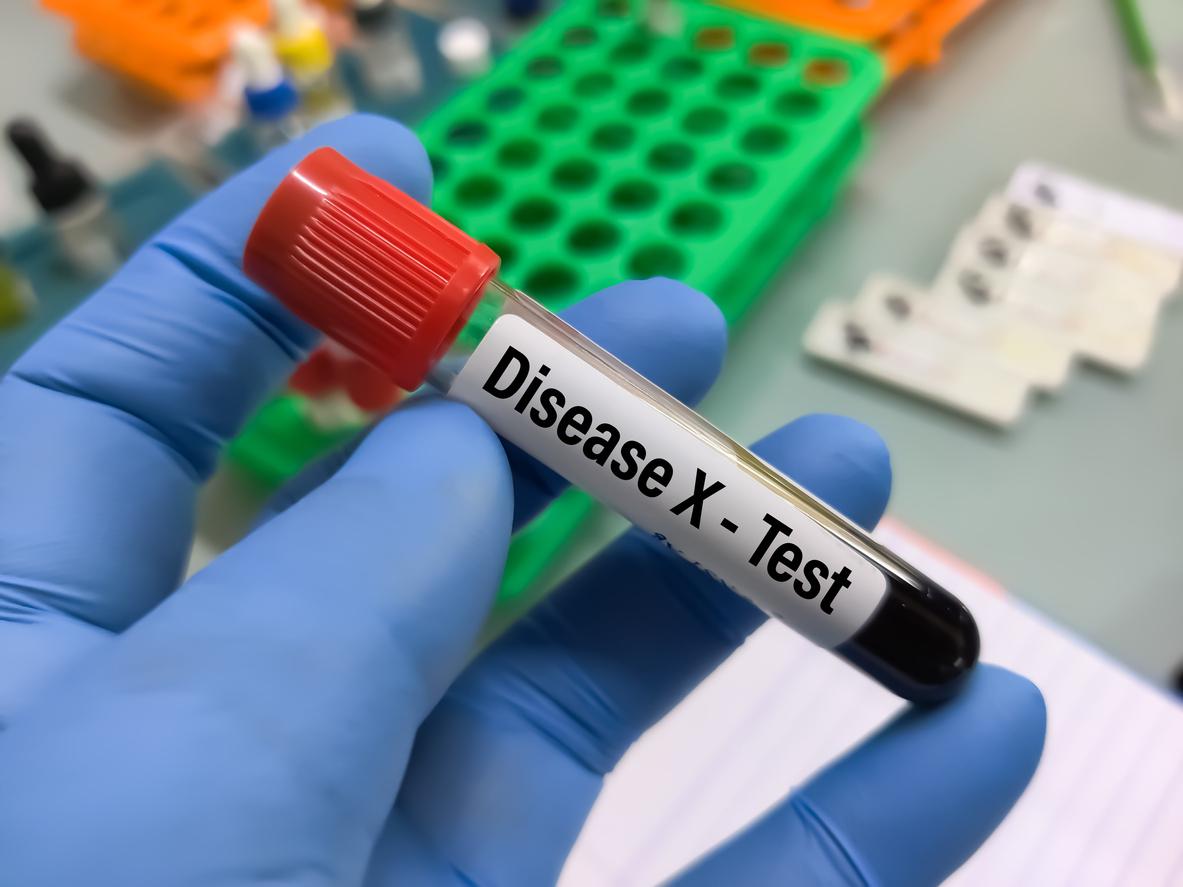Bleeding from the gums, hypersensitivity, mobility and, ultimately, tooth loss, responsible for feeding and communication difficulties: the consequences of periodontal disease can be very disabling. In addition, it could promote diseases such as atherosclerosis, diabetes, obesity. If the inflammation concerns the gum, it’s gingivitis. When it also affects deeper tissues such as the bone supporting the teeth, it is called periodontitis.
1 – When to worry?
From the appearance of bleeding when brushing. Because if an injury related to the passage of the toothbrush is always possible, in the vast majority of cases, this bleeding reflects periodontal disease. Red or swollen gums, the appearance of small “black holes” between the teeth, tooth sensitivity, bad breath and… loose teeth should also give the alert.
2 – Is receding gums inevitable?
Yes, it happens inexorably with age. But “the surface of the dental roots exposed due to the aging of the gums generally does not exceed 2 millimeters. The more significant lesions are due either to wear of the gums due to excessive brushing, or – situation more frequent – to periodontal disease”, explains Professor Marjolaine Gosset, researcher and periodontist at Charles-Foix hospital (Ivry-sur-Seine).
3 – What does the fragility of the gums depend on?
Especially genetics. Thus, “if most periodontitis begins between the ages of 30 and 40, the genetic background can favor the appearance of very severe forms in young people under 25”, specifies Dr. Duffau. The disease is also favored by tobacconon-stabilized diabetes, obesity, severe stress, vitamin C deficiency or D, or certain cancer treatments.
4 – What gestures to adopt on a daily basis?
“A good oral hygiene is the best weapon”, replies Professor Gosset. To do this, brush at least twice a day, morning and evening, for two minutes, use interdental brushes or dental floss. Also plan an annual check-up with the dentist. “Do not hesitate to ask him for sessions to learn how to brush your teeth”, advises Dr. Duffau, dental surgeon and periodontist in Paris.
5 – Is fluoride used for anything?
Not really… This mineral element present in most toothpastes, but also in water, salt, and food (sea fish, etc.) aims above all to strengthen the enamel to counter cavities. Against clumped bacteria in dental plaqueonly the mechanical action of brushing is effective.
6 – Other treatments that are good for the gums?
According to Indian studies, cures propolis – in drops, toothpaste, mouthwash or in honey -, for two or three weeks, improve the results of surfacing. Gandush Daily Sesame Oil Mouthwash is an Ayurvedic practice to rid the mouth of waste. chew a sugar free chewing gum is also recommended when you cannot brush your teeth. And above all, maintain a healthy, tobacco-free lifestyle.
7 – What about descaling?
It is essential in addition to brushing. It makes it possible to eliminate, via manual curettes, ultrasound devices or a laser, the tartar which cannot be removed by brushing and which increases the risk of periodontitis. “In the absence of periodontitis and risks, a control possibly associated with descaling once or twice a year is enough. In case of history or high risk, plan a descaling every three to six months”, specifies Dr. Duffau.
8 – Can we have problems even with all the right gestures?
Unfortunately, yes. “This is particularly the case in people genetically predisposed to developing aggressive periodontitis,” says Professor Gosset. But are also affected patients who brush their teeth … not optimally. “In France, where interdental brushes remain frequently unknown and where brushing is not always mastered, many believe, wrongly, to clean their teeth well”, notes Dr. Duffau.
9 – What to do when you start to lose teeth?
Two solutions: removable prostheses (dentures) or dental implants. The former are less expensive; the second, more comfortable, because they are fixed. But if the periodontal disease has destroyed the supporting bone of the tooth, reconstructive surgery of the bone (not reimbursed) is necessary beforehand. In 22% of cases, inflammation can occur at the level of the implant, which can lead to its loss.
10 – What solutions when the disease is there?
If tartar has deposited under the gumline, the dentist will perform root planing. Not reimbursed (150-300 €), this treatment carried out in one or two sessions under local anesthesia eliminates tartar and bacteria at the level of the dental roots with curettes or an ultrasound device. “Surfacing supplemented by effective brushing, control of risk factors and good follow-up will stabilize periodontitis for life.”
Read also :
Taking care of your gums could prevent Alzheimer’s disease
A biomaterial to treat periodontitis


















